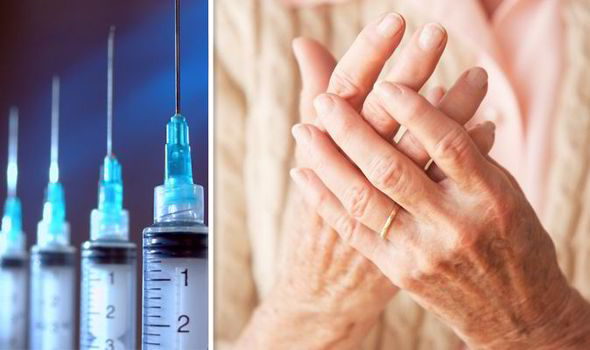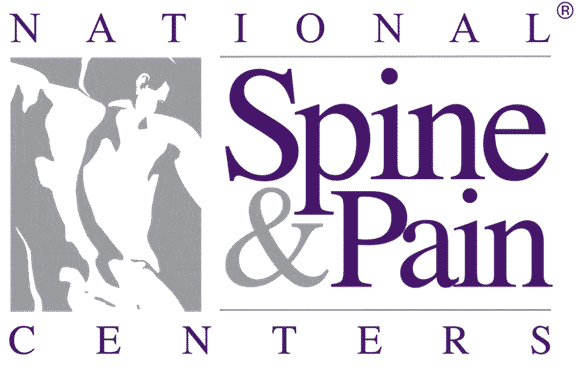According to the Arthritis Foundation, an estimated 54 million adults have doctor-diagnosed arthritis, with the most common form being osteoarthritis, which affects an estimated 31 million Americans.
Many arthritis sufferers are genetically predisposed to getting the disease. But for those without a family history of arthritis, several factors can increase their risk of developing the condition, including age and obesity. However, one often overlooked contributing factor to arthritis is the impact of injury to the joints. Many orthopedists refer to this as post-traumatic arthritis due to an arthritis causing event (ACE).
Nearly 5.5 million Americans develop arthritis as a result of an injury to a joint. It is easy to see why many former football players have arthritic knees, given the frequency and severity of knee injuries sustained during their careers. But anyone—from the high school soccer player to the warehouse worker who engages in repetitive lifting—can injure their joints and increase their risk of developing arthritis later in life. This is especially concerning since the number of young athletes requiring ligament repair surgery continues to grow. Studies show that those who have surgery to treat a joint injury are at greater risk for developing arthritis by the age of 30.
Joint Anatomy 101: An Interconnected System
Arthritis develops when the cushioning cartilage between the bones in our joints wears down. Chronic pain, stiffness and swelling are the most common symptoms. But our joints are more than bones and cartilage. They also include muscles, ligaments, tendons and nerves.
An arthritis-causing event (ACE) can include an injury to the cartilage, to the cushioning structures (such as the meniscus or the labrum) or to the ligaments (ACL or MCL). Ligament injuries cause the joint to be unstable and can lead to cartilage loss and bone spurs. But damage to the ligaments and the risk for developing arthritis later can be easily fixed—if identified correctly and early.
If you have a joint that “cracks” and “pops” don’t ignore it—even if you’ve been told your ligament is not torn or in need of surgical repair. At Stem Cell Arts we will perform a stress ultrasound, where we manipulate and stress the joint while looking at the ligaments to see how loose they are.
If the stress ultrasound reveals ligament laxity, we can provide you with a targeted injection of platelet rich plasma (PRP) that will usually help the ligament heal and tighten to provide better stability to the joint. Our Stem Cell ARTS physicians and staff have been specially trained to perform the Regenexx® family of PRP and stem cell procedures. Using state-of-the-art equipment, we can create the highest quality customized platelet concentrates to aid in healing.
If you, or someone you know, has suffered a joint injury but has reoccurring symptoms such as cracking or popping, please contact us. We can assess the extent of any lingering injuries to the joints and using our advanced platelet rich plasma therapies, help prevent further degeneration.

